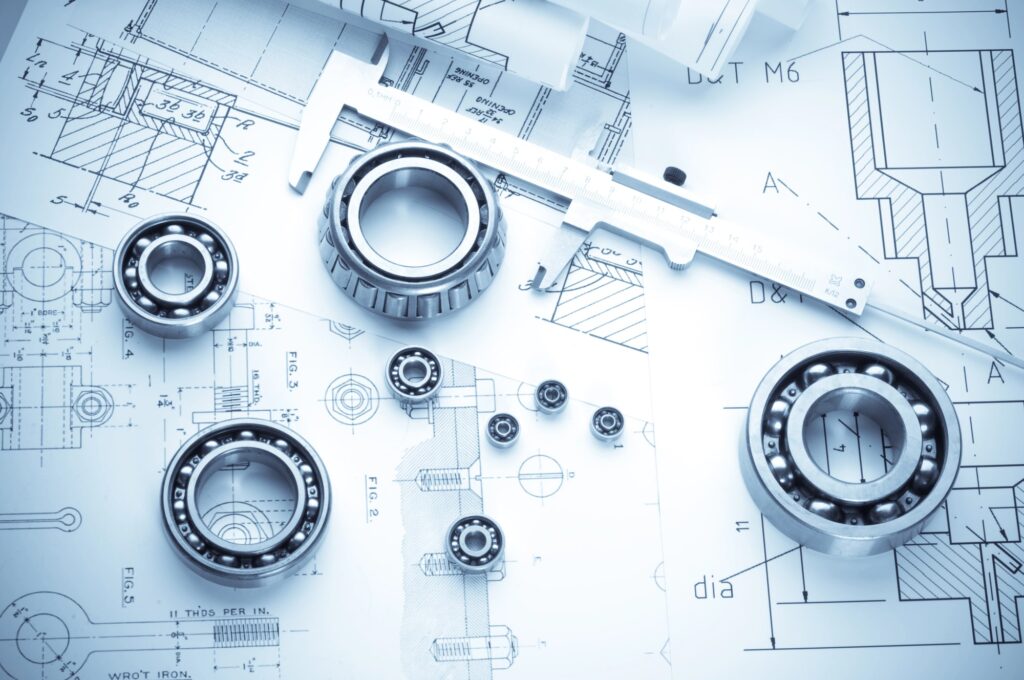As the construction industry continues to prioritize sustainability, the choice of materials plays a pivotal role in reducing environmental impact.
Among the myriad of options, steel stands out as a superior choice due to its unparalleled longevity, performance, and recyclability.
This article delves into the benefits of using steel, specifically in windows and doors, and highlights how it contributes to sustainable architecture.
We will explore the unique properties of steel that make it an environmentally responsible choice for modern construction projects.
The Environmental Benefits of Steel
Steel is a material that aligns perfectly with the goals of sustainable construction.
One of its most significant advantages is that it is 100 per cent recyclable.
Unlike many other building materials, steel can be recycled indefinitely without losing its essential properties.
This characteristic significantly reduces the demand for raw materials and minimizes waste, making it a cornerstone of eco-friendly building practices.
Recyclability and Longevity
High-quality steel windows and doors can boast an operational lifetime of more than 60 years, far outlasting alternative materials.
This extended lifespan means that steel products do not need to be replaced as frequently, which in turn reduces the number of resources required and the amount of waste generated.
The longevity of steel not only contributes to sustainability but also offers long-term cost savings for building owners.
Book Your Dream Vacation Today
Flights | Hotels | Vacation Rentals | Rental Cars | Experiences
Energy Efficiency
Modern steel window and door systems are designed to be incredibly energy efficient.
They can achieve U-values as low as 1.4 W/m²K, which has a significant impact on a building’s overall thermal performance.
This high level of energy efficiency helps to reduce the need for artificial heating and cooling, thereby lowering energy consumption and greenhouse gas emissions.
Structural Integrity and Aesthetic Appeal
One of the standout features of steel is its inherent strength.
This allows for the creation of ultra-slim profiles and expansive glazed areas without compromising the structural integrity of the system.
These characteristics result in visually stunning products that flood interiors with natural light, potentially reducing the need for artificial lighting.
Corrosion Resistance and Low Maintenance
Quality steel windows and doors are incredibly robust and are designed to withstand the test of time.
Modern finishes, such as hot-dip galvanizing and powder coating, guarantee corrosion resistance and reduce maintenance requirements.
This means that steel products not only look good but also require less upkeep, adding to their overall sustainability.
Versatility in Design
Steel offers unparalleled versatility across various architectural applications.
Its flexibility allows architects to adopt a range of designs without impacting the system’s performance or durability.
Whether used in new construction or renovation projects, steel consistently delivers outstanding results while adhering to sustainability goals.
The Role of Steel in Sustainable Architecture
The role of steel in sustainable architecture is increasingly significant.
As the construction industry works at reducing its environmental impact, materials that combine longevity, performance, and recyclability will become increasingly valuable.
For architects and specifiers working on sustainable design projects, steel is an environmentally responsible choice.
Case Study: Crittall Windows
Since 1849, Crittall Windows has been manufacturing high-quality, high-performing steel windows and doors for internal and external use in buildings across the globe.
Their products exemplify the benefits of using steel in construction, from longevity and recyclability to energy efficiency and aesthetic appeal.
Crittall offers a wide range of steel windows, doors, and internal screens, making them a go-to choice for sustainable architecture.
For more information and technical support on sustainable steel windows and doors, visit Crittall Windows or contact them at 01376 530800.
Conclusion
In conclusion, steel is a material that offers numerous benefits for sustainable construction. Its recyclability, longevity, energy efficiency, structural integrity, and aesthetic appeal make it an ideal choice for modern architecture.
As the construction industry continues to evolve and prioritize sustainability, materials like steel will play an increasingly important role in reducing environmental impact and creating buildings that stand the test of time.
For architects and specifiers looking to make environmentally responsible choices, steel is a material that delivers on all fronts.
By choosing steel, you are not only investing in a durable and high-performing product but also contributing to a more sustainable future for the construction industry.
To learn more about the benefits of steel in sustainable architecture, visit the original article.
Book Your Dream Vacation Today
Flights | Hotels | Vacation Rentals | Rental Cars | Experiences

